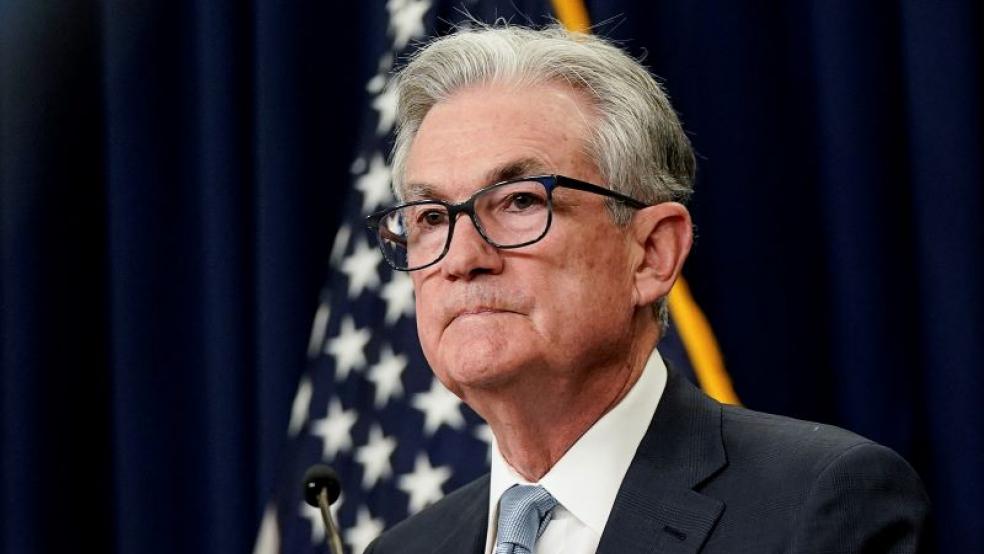The Federal Reserve announced Wednesday that it is maintaining its benchmark interest rate in a range between 5.25% and 5.5%, where it has stood since July as part of the central bank’s effort to reduce inflation.
In a statement, the Federal Open Market Committee said the economy has been solid in recent months, with strong job growth and falling inflation. “The committee judges that the risks to achieving its employment and inflation goals are moving into better balance,” it said.
The improvement, however, is not yet sufficient to warrant a reduction in interest rates. Fed Chair Jerome Powell told reporters that Fed officials need to see “more good data" to be confident that inflation is truly under control before they start cutting rates. “It’s not that the six-month data isn’t low enough, it is,” he said. “It’s just a question, can we take that with confidence we are moving steadily under 2%.”
Powell pushed back against claims that the battle against inflation has already been won. “No, I don’t think we have achieved that,” he said in response to a question about whether the Fed had pulled off a “soft landing” — beating inflation without causing a recession. “We’re not declaring victory at all at this point, we think we have a ways to go,” he added.
At the same time, Powell said Fed officials have “growing confidence” that they are moving closer to their goals, and that it is unlikely that the Fed will need to raise rates again. “Let's be honest,” he said, “this is a good economy.”
What comes next: Although Powell poured cold water on the hope that the Fed would start cutting rates at its March meeting, he did say that it “will likely be appropriate to begin dialing back policy restraint at some point this year” – though, as always, any such move would depend on the data.
Many on Wall Street had hoped to see rate cuts in March, but after the Fed announcement, investors shifted their focus to the following FOMC meeting, with the CME FedWatch tool showing a 60.2% chance of a 25-basis-point cut in May.
The expectation of a later date for the first rate cut in 2024 was not welcome news to those worried that monetary conditions are too tight given the reduction in inflation over the last year. “The current stance of policy is no longer warranted by the inflation backdrop,” Daleep Singh, chief global economist at PGIM Fixed Income, told The Wall Street Journal. “The prudent policy stance is to return to a neutral setting. There are potentially serious costs and little benefit to waiting. The longer they wait, the larger the risks will grow.”
Comerica Bank’s chief economist Bill Adams said in a note that he expects the Fed to be extra cautious since the central bankers were “badly burned in late 2021 and 2022 when they thought high inflation would be transitory, then got caught by surprise when it was higher and more persistent than expected.” Adams added, per CNBC, that the “Fed will wait to pull the trigger on rate cuts until they see the whites of 2% inflation’s eyes.”
Economy
Fed Not Declaring Victory Yet in Battle Against Inflation



